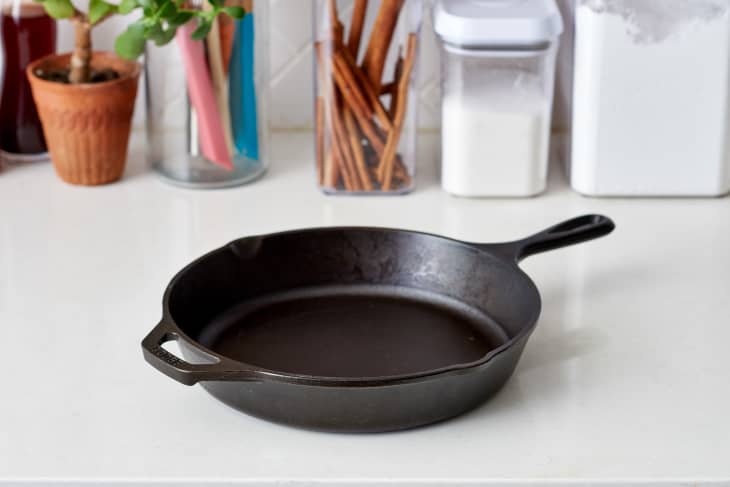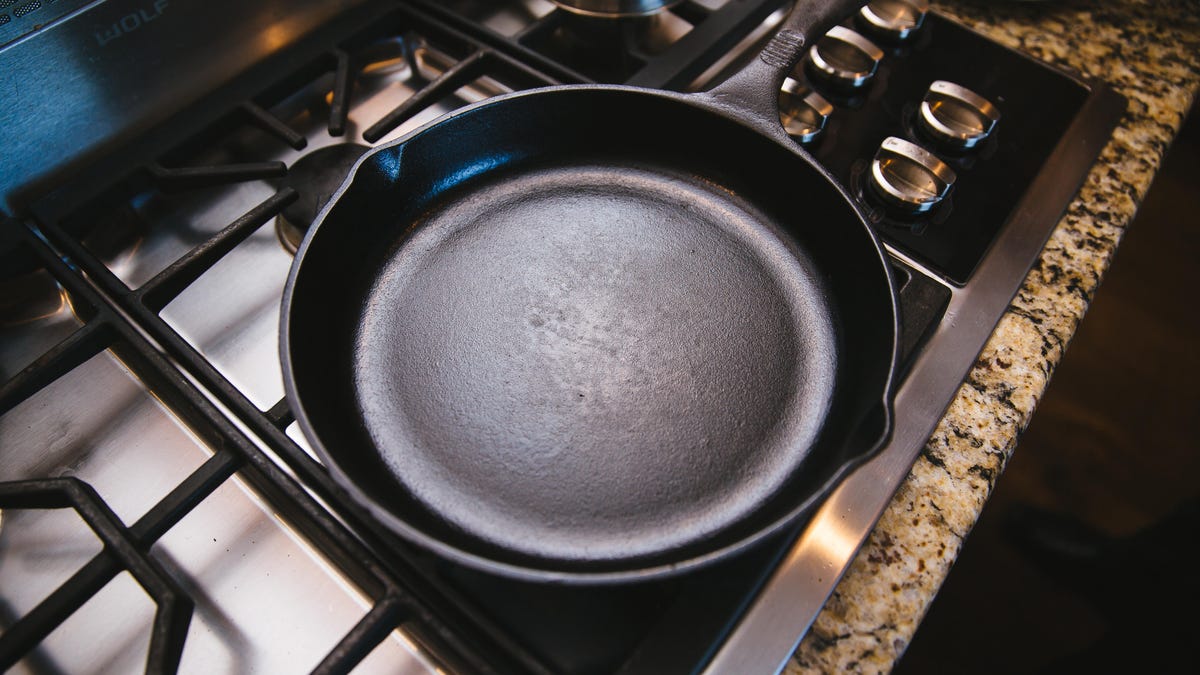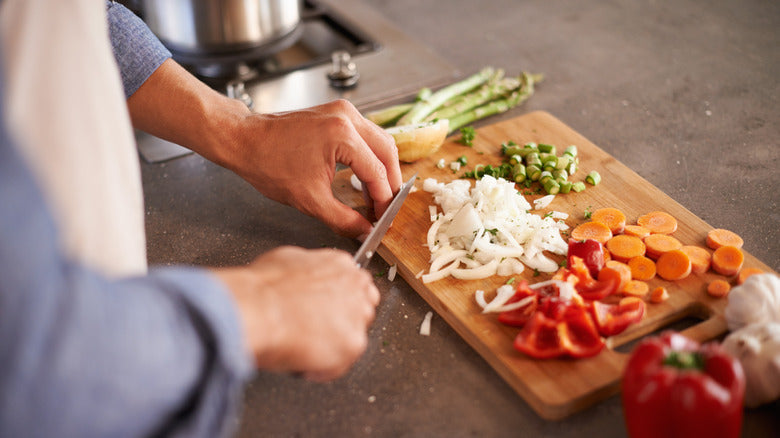For many kitchen professionals, a cast iron skillet is not just a cooking tool, but a cherished asset. How to resurface cast iron skillet effectively is an essential skill for maintaining its cooking surface and extending its lifespan. Over time, even the best-taken care of cast iron can develop rust or lose its seasoning, which can affect its performance and food quality. In this article, we will discuss detailed steps and tips on resurfacing your cast iron skillet, ensuring you get the best out of your culinary equipment.
Before we delve into the technicalities, it's vital to understand the importance of a well-maintained cast iron skillet. Unlike stainless steel or non-stick options, a cast iron skillet offers unparalleled heat retention and even cooking. This is why many chefs rely on it for various dishes. However, if it has seen better days, resurfacing may be necessary to restore its functionality.

Why Is Resurfacing Important?
Resurfacing a cast iron skillet is essential for several reasons:
1. **Restoration of Cooking Surface**: Chips, rust, and wear can create uneven cooking surfaces, leading to food sticking or burning. Resurfacing ensures a smooth and effective cooking surface.
2. **Health and Safety**: Rust can contaminate food, making it unsafe for consumption. Resurfacing removes rust and other imperfections from the skillet.
3. **Longevity**: Proper care can significantly extend the life of your cookware, making resurfacing a worthwhile investment of time.
Steps for Resurfacing Your Cast Iron Skillet
Below are detailed steps to help you resurface your cast iron skillet efficiently.
Step 1: Assessment
Start by evaluating the condition of your skillet. Look for signs of rust, chips, or any peeling. This helps determine the degree of resurfacing required. For light rust, simple cleaning might suffice, but severe defects may require a complete overhaul.
Step 2: Cleaning
Using steel wool or a scrubbing pad, thoroughly clean the skillet. Consider using warm water and a small amount of dish soap, although traditionalists might argue against soap usage for cast iron. In more severe cases, you can refer to cleaning with baking soda.
Step 3: Remove Rust
If rust has formed, you will need to remove it. You can do this by sanding down the affected areas using sandpaper or a Dremel tool. Continuing until you reach the bare metal layer is crucial to provide a solid foundation for seasoning.
Step 4: Reseasoning
After cleaning and ensuring there is no rust, its time to reseason your skillet. Preheat your oven to around 350F (177C). Apply a thin layer of vegetable oil or shortening all over the skillet, including the handle and bottom. Place it upside down in the oven with a baking sheet underneath to catch drips. Bake for at least an hour, then allow it to cool before repeating the process 2-3 times for the best results.
Maintenance Tips for Cast Iron Skillets
Now that you have resurfaced your skillet, maintaining it is crucial. Here are some tips for ongoing Maintenance:
- Regularly clean it with a soft brush and hot water immediately after use.
- Avoid soaking in water or placing it in a dishwasher.
- After cleaning, dry it thoroughly and apply a thin coat of oil to prevent rust.
- Store it in a dry place to allow air circulation.
Common Mistakes to Avoid
Even seasoned professionals can make mistakes when it comes to cast iron skillets. Here are a few pitfalls to avoid:
- Overheating your skillet, leading to cracks.
- Using metallic scrubbing pads which may scratch the surface.
- Neglecting to season after each use.

Frequently Asked Questions
1. Can I use soap on my cast iron skillet?
While traditionalists discourage it, a mild soap on a well-seasoned skillet can be used occasionally without significant deterioration of seasoning.
2. How do I know if my skillet is properly seasoned?
A well-seasoned skillet should have a smooth, semi-glossy surface that leaves food easily removable after cooking.
3. Is it possible to over-season my cast iron skillet?
Yes, over-seasoning can cause a sticky surface which will trap food. This can be remedied by thoroughly cleaning it and starting the seasoning process over again.
Maintaining your cast iron skillet is a skill that every kitchen professional should master. For more tips, check out our article on cleaning non-stick skillets and learn how to prevent ruining your cast iron skillet in this helpful guide.
As an Amazon Associate, I earn from qualifying purchases.






Leave a comment
This site is protected by hCaptcha and the hCaptcha Privacy Policy and Terms of Service apply.